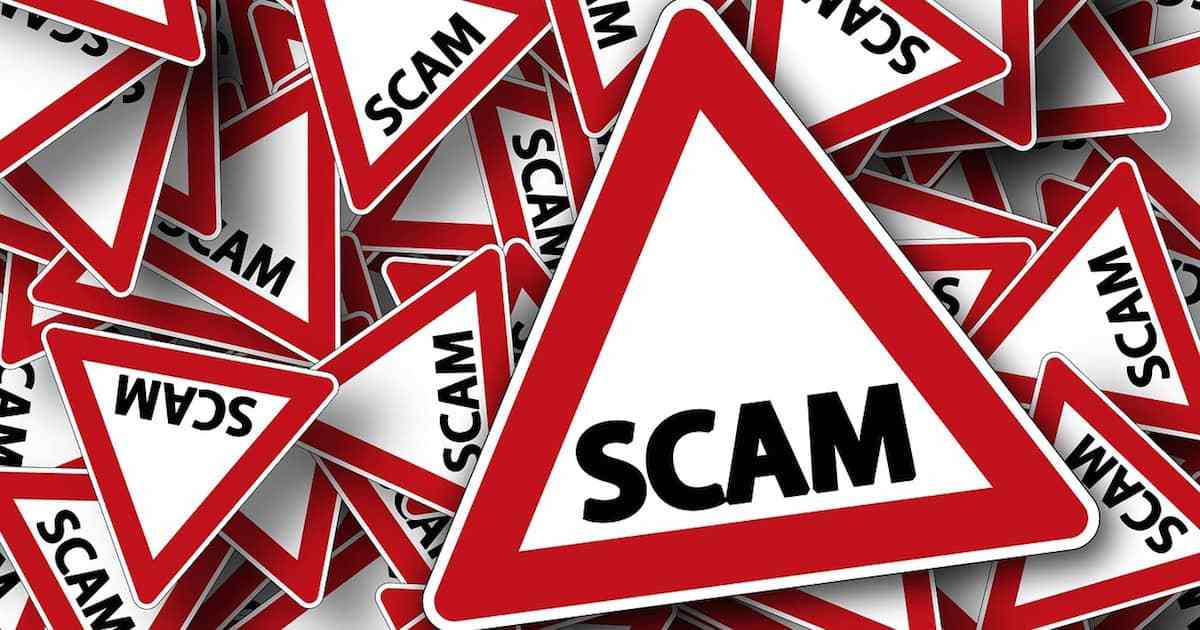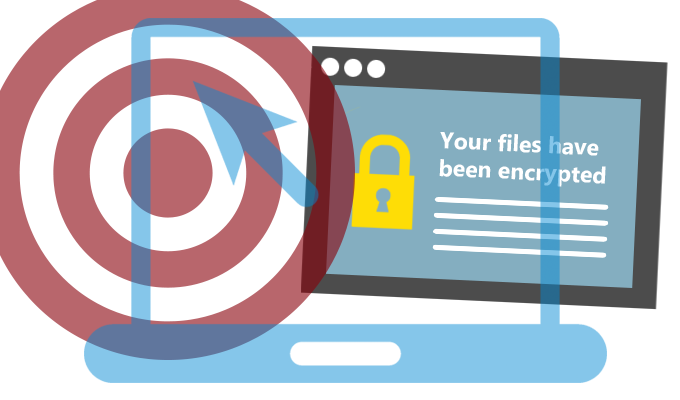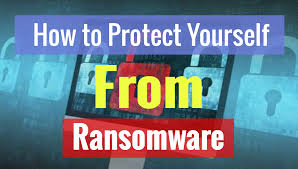In the world of cyber threat, ransomware is one of the worst System infection that doesn’t only lock users crucial data but also endangers their privacy. Ransomware infection is created and designed by the team, of cyber criminals just only for financial purposes. If somehow your Windows System is contaminated with CryptoLockeer, WannaCry or other ransomware infection and its developers ask you to pay ransom fee, don’t pay because ransom note is just a tricky thing used by more and more cyber criminals to trick System users. Before knowing about the reasons behind not paying ransom fee to Ransomware developers, get familiar with Ransomware attack.

What do you know about Ransomware?
Ransomware is considered as a type of malicious or notorious System software which is capable to block users access to PC or its data and then after demands ransom money in order to decrypt files or released users content. In Internet about 70 out of 100 Systems are infected with this ransomware infection. Doesn’t matter which System are used by the user because it is capable to infect almost all System based on Windows Operating System including Windows Server, Vista, NT, XP, Me, Vista, 7, 8/8.1 and the most latest version Windows 10. In the Internet, there are numerous variant of ransomware attack is on the rise but some of the most popular are :
- Unlock92 Zipper Ransomware
- Desu Ransomware
- NATIONAL SECURITY BUREAU RANSOMWARE
- NSB Ransomware
- Shrug2 Ransomware
- GameOver Ransomware
- BlackFireEye Ransomware etc
How does ransomware infect Windows PC?
Ransomware is very invasive and intrusive in nature that follows secret infiltration tactics to compromise Windows PC. It’s developers uses lots of deceptive ways but mainly spread via several phishing emails that includes several dubious attachment and third-party link. Besides spam emails, it’s developers also infected the Windows PC via fake software installer, junk mail attachment, pirated software, hacked site, pirated software, contaminated devices and many more. The propagation channel of the ransomware may always varies but the main source of it’s infiltration remains same that is the use of Internet.
What are the actions performed by ransomware?

As soon as Ransomware enters inside the PC successfully, first of all it disables almost all security measure and then after immediately start to perform encryption procedure. Ransomware scans affected PC in deep to target almost all users generated content such as documents, databases, PDFs, audios or videos clips, images, videos and many more. To locks users files, its developers uses very strong and powerful file encryption algorithm. It uses several weird file extension to encrypt them. After locking files, its creators drops a ransom note and then asks victims to pay the ransom demanded fee to decrypt their valuable files.
What should you do?
- You must avoid ransomware scam as other malware by keeping your installed application or security software up-to-date.
- Use an effective anti-virus tool to delete ransomware.
- Never pay ransom fee to ransomware creators.
- Follow the effective manual ransomware removal instruction to delete it.
What are the reasons to refuse ransom payment?
- The affected data or files might not be decrypted.
- Paying ransom fee not only promote hackers to targeted PC but also offer then to do several illegal activity.
- Affected users often don’t know who you are paying.
- No any have idea where the ransom fee is going and many more
What are the other signs through which you can recognize the presence of ransomware scam?
- Files are locked with weird or strange file extension.
- Blocks affected users from accessing their files.
- Throws several fake alerts, messages or notifications.
- Degrades overall performance speed.
- Prevent users from accessing their files or PC normally.
- Drops a ransom note and asks victims to pay ransom fee etc.
How to protect yourself against ransomware attack?

- Be cautious while surfing web or doing online operation.
- Don’t open any suspicious attachment or messages.
- Don’t click on any dubious links in emails or other social media messages.
- Be wary of the free downloads and sites.
- Keep your System security software always up-to-date.
- Don’t visit any hacked or malicious site etc.
